When it comes to choosing the perfect fruit, pears are a popular choice due to their sweet and juicy taste, making them a popular choice among people of all ages. However, another variety called Asian pears, known as nashi pear or sand pear, stands out as one of the most popular varieties.
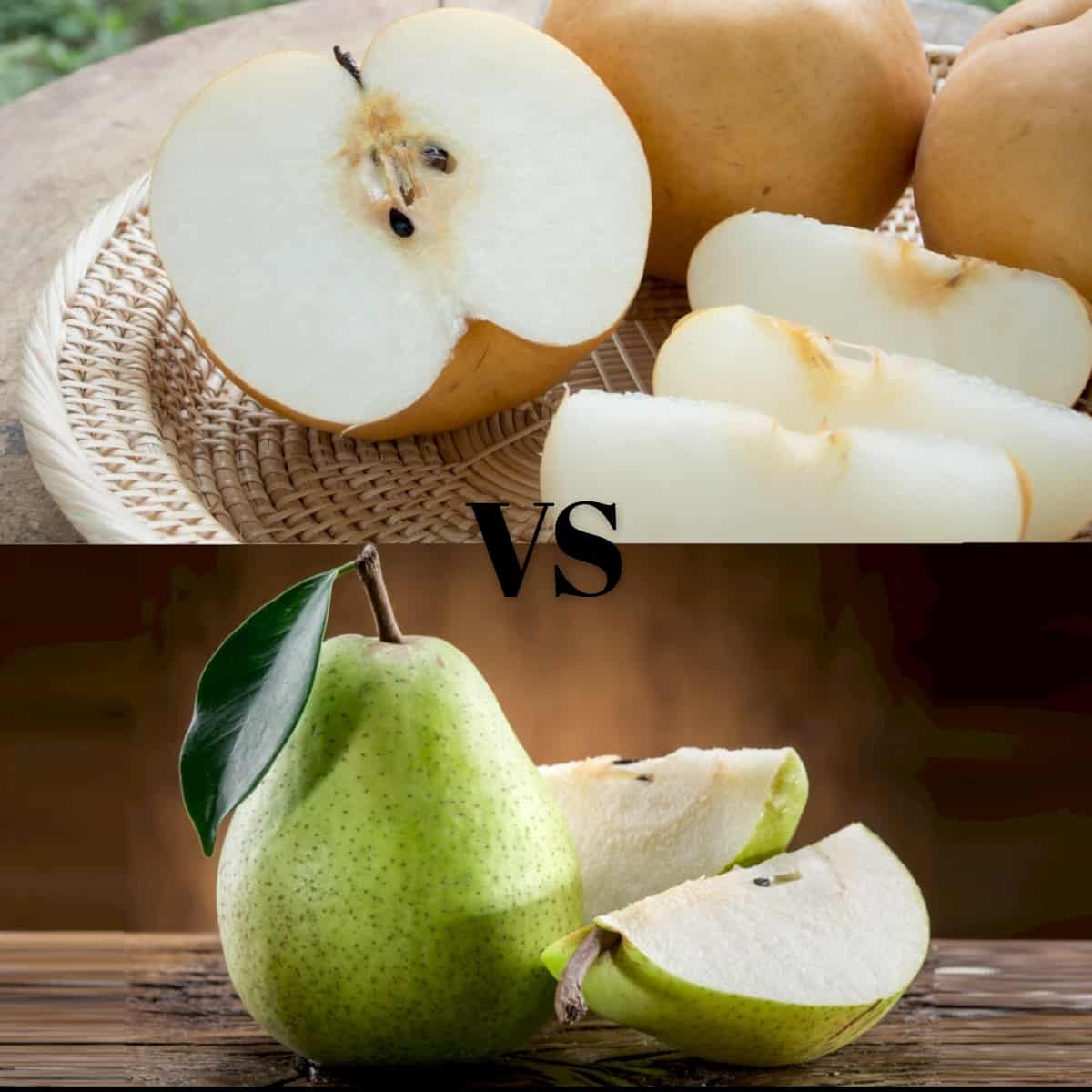
Jump To
Sometimes people often raise questions about how they differ from regular pears. In this blog post, we will explore the distinctions between Asian pears and pears, exploring their appearance, flavor, texture, and culinary uses. By understanding these differences, you'll be able to appreciate the unique qualities of each fruit and make informed choices in your culinary adventures.
Asian pear vs pear – overview
Scientifically known as Pyrus communis, pears are a diverse group of many varieties that have been cultivated around the world for centuries. They are known for their bulbous shape, soft flesh, and smooth, tender skin. What are Asian pears? Asian Pears, on the other hand, originate from East Asia. Scientifically referred to as Pyrus pyrifolia, Asian or Korean Pears are distinct with their round shape, delicate flavor, and crunchy texture. The Chinese varieties tend to be more expensive because they are much more difficult to grow.
Asian pear vs pear? Both regular pear and Asian pear share similarities, such as being a good source of minerals, vitamins, and dietary fiber. However, there are many notable differences as well. These are evident in aspects like appearance and texture, flavor, ripening process, etc. Here are the key aspects that differentiate Asian or Chinese pear from regular pear:
Cultivation and varieties
Regular pears have many varieties, e.g., Bosc, Anjou, Bartlett, etc., cultivated in many regions worldwide. Asian pears, on the other hand, originated from East Asia and are cultivated extensively in regions like Western China, Korea, and Japan. Popular Asian pear varieties include Nijisseiki, Shinseiki, Niitaka, and Hosui.
Ripening process
Regular, Western pears require some ripening time after being harvested. They are picked when firm and then left at room temperature to ripen. Sand pears, however, are typically left to ripen on the Asian pear trees. This means they can be consumed immediately when they are crisp, and there’s no need for additional ripening.
Appearance and texture
One of the most apparent differences between Asian pears and pears lies in their appearance. Regular pears(European varieties or US pear) typically have a round or bell-like shape with a narrow neck, while Asian pears have a more rounded and apple-like shape. The skin of ripe Asian pears is often golden or yellow, while pears can come in various colors like red, yellow, or green skin.
Texture plays a crucial role in distinguishing between Asian pears and pears. Regular pears are known for their soft buttery texture, whereas Asian pears have a crunchy and crisp texture reminiscent of apples. The flesh of Asian pears is firm and maintains its texture even when fully ripe, making them perfect for snacking or adding a refreshing crunch to recipes.
Flavor
Both Asian pears and pears offer distinct flavors. Regular European pears have a subtly floral and sweet taste. Some certain types of pears also exhibit a hint of tanginess. In other words, they have a subtle balance of tart and sweet flavor. On the other hand, sand pears (Asian pears) are mildly sweet fruit and feature a refreshing taste with an aromatic quality. Asian pears have a crisp and refreshing flavor often likened to a combination of pears and apples. They are known for their juicy and crunchy texture, making them a delightful and unique eating experience.
Nutritional value
Regular and Asian pears are low in fat and calories, making them an excellent choice for maintaining a healthy diet. They are rich in dietary fiber, which promotes satiety and aids digestion. While regular pears are a good source of vitamin C, Asian pears, including the Japanese variety, contain higher levels of vitamin K and potassium.
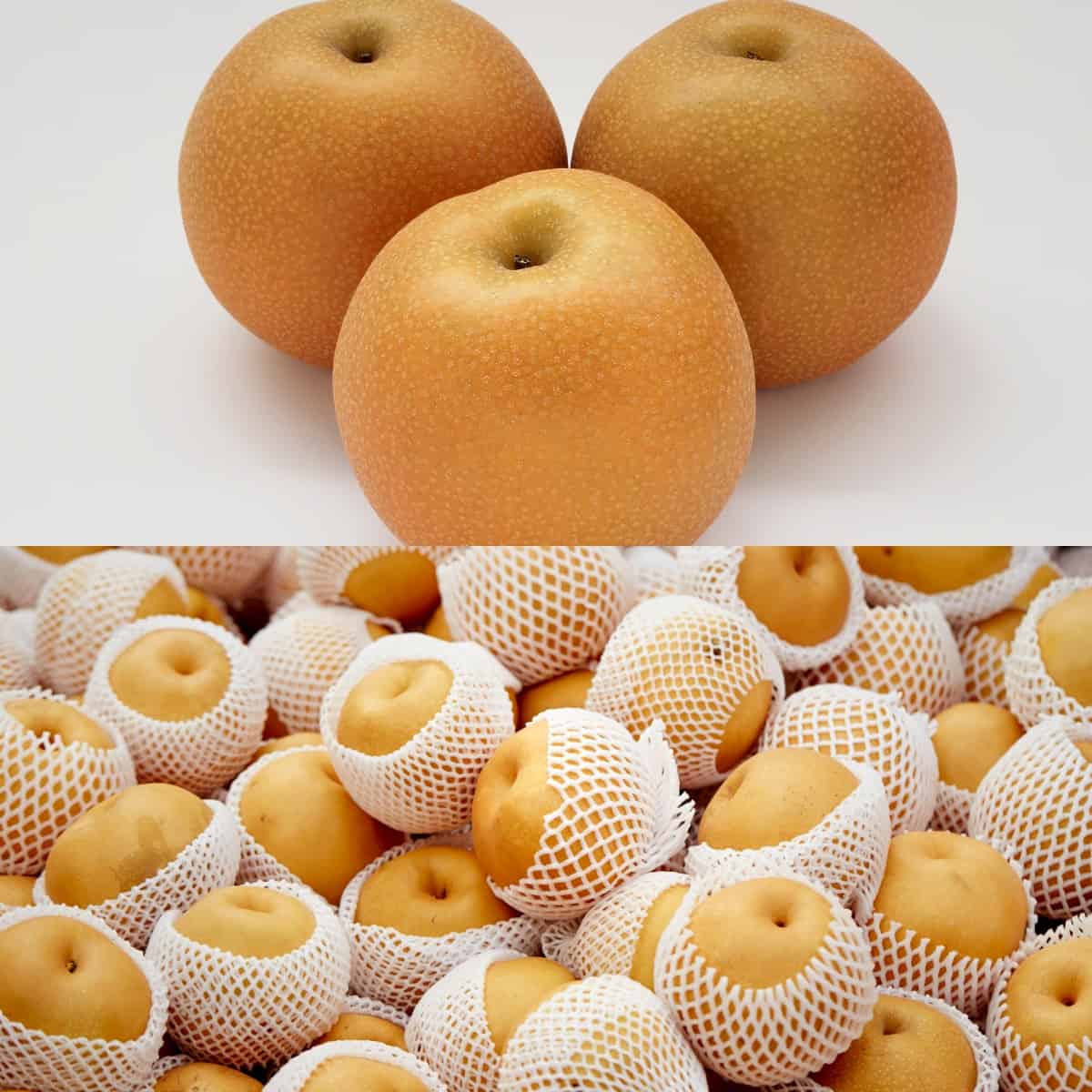
Culinary uses
Enjoy regular and Japanese sand pear fresh as a healthy snack, or include them in your favorite recipes. Regular pears, such as bosc pear, bartlett pear, etc., are typically used in baked goods, jams, and desserts (tarts, cobblers..etc.). On the other hand, Asian pears, e.g., Shinseiki Asian pear, are a great addition to salad and stir-fry for a unique crunch and flavor. Their firm texture holds up well when cooked, making them suitable for grilling or baking.
Health benefits
Both regular pears and Asian pears provide a wide variety of health benefits. They are rich in antioxidants, which help reduce the risk of chronic diseases. The vitamin C content helps keep the immune system healthy. Asian or Japanese pear has a high fiber content that aids digestion, contributes to weight management, and supports heart health. The potassium in it promotes healthy blood sugar levels.
Ripening process
Another aspect that sets Asian pears apart from regular pears is their ripening process. Regular pears are typically harvested when they are still firm and require some time to ripen. They become softer and develop their full flavor as they ripen off the tree. In contrast, Asian pears are often harvested when fully ripe and ready to eat. This means that they can be enjoyed immediately without the need for additional ripening time.
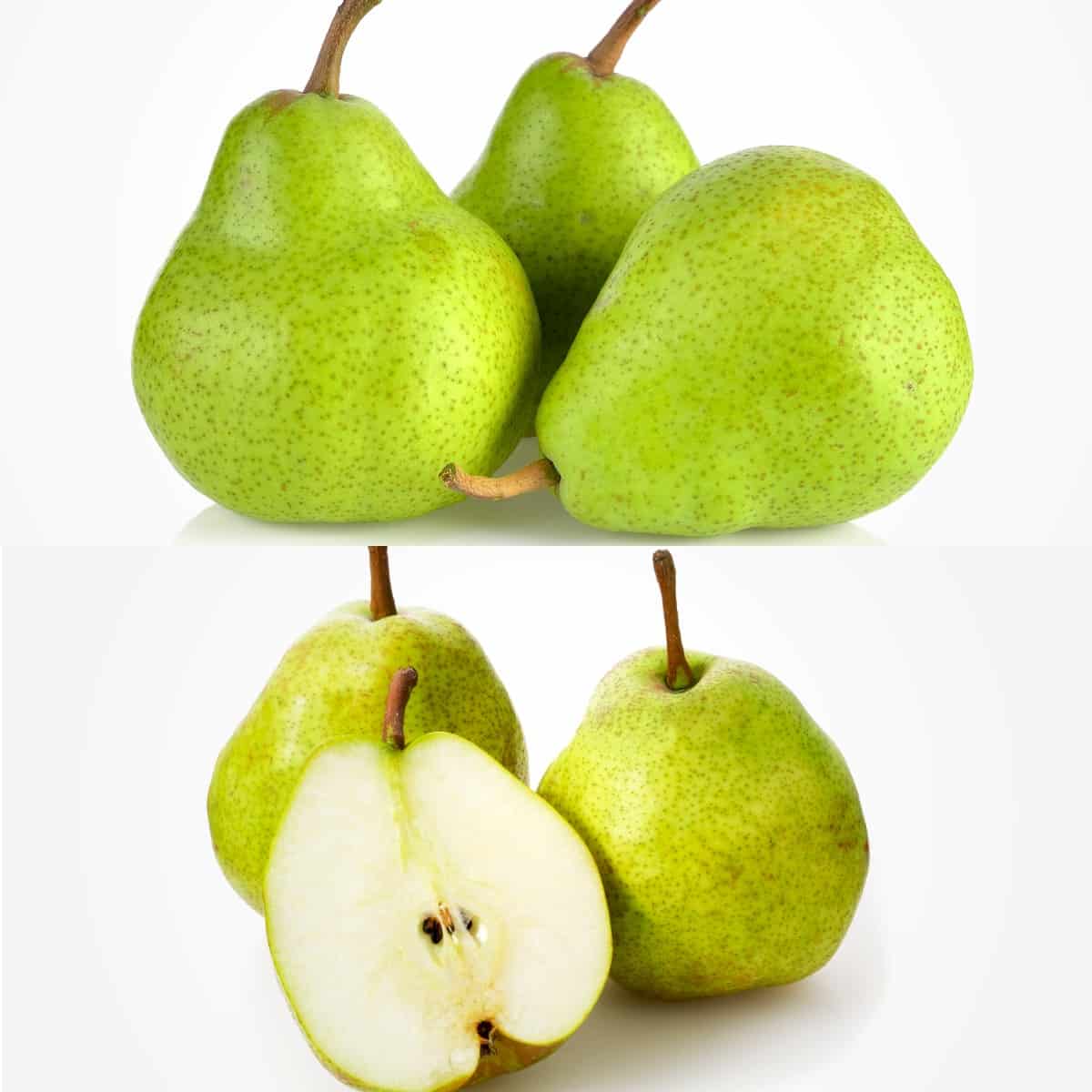
Availability and Varieties
In terms of availability, regular pears are more commonly found in grocery stores, online and farmers' markets worldwide. They come in various popular varieties like Bartlett, Anjou, and Bosc, each with its unique characteristics. Asian pears, while not as widely available, can be found in specialty stores or Asian markets. Some well-known Asian pear varieties include Hosui, Shinseiki, and Nijisseiki.
Storage and shelf life
Regular pears have a relatively shorter shelf life as compared to Asian pears. They should be stored in a dark, cool place and consumed within a few days. They are not suitable for long-term storage for later use. Asian pears, including Niitaka Asian pears, on the other hand, have a longer shelf life thanks to their firm, unique texture. They can be stored in the refrigerator or cold storage for several weeks.
Conclusion
Overall, Asian pear vs pear? While regular and Asian pears share similarities, they have many key differences. Their differences in appearance, flavor profiles, texture, cultivation methods, ripening process, etc., make them distinct. Whether you prefer the juicy and soft European pear or the refreshing and crisp Hosui pear, both varieties offer a delicious fruit experience that can be eaten on their own or enjoyed in various culinary creations. So, the next time you're in the produce section, consider trying both Asian pears and regular pears to savor their delightful differences and add a touch of variety to your meals.


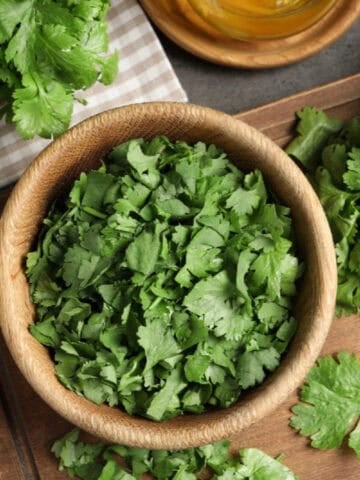
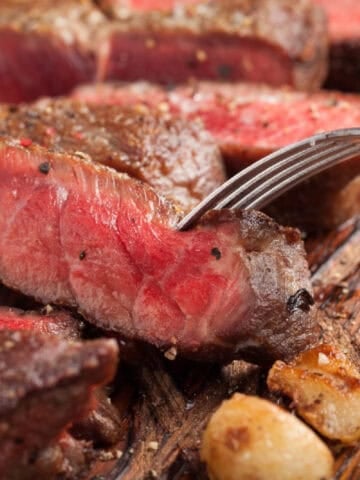

Leave a Reply